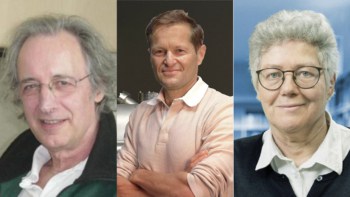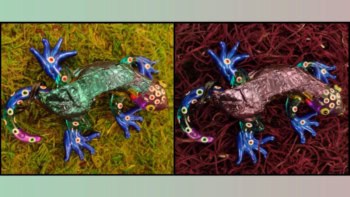Earlier this year a group of physicists reduced the velocity of a laser pulse to 17 metres per second. However, the group had to use a Bose condensate - a gas of atoms cooled to a temperature of less than one microkelvin - to achieve this incredible reduction in velocity. Now another group of researchers has slowed light down to 90 metres per second in a gas of hot rubidium atoms. The new technique will be much easier to use for applications. The team, which was led by Edward Fry and Marlan Scully of Texas A&M University and the Max Planck Institute for Quantum Optics in Germany, exploited a phenomenon known as electromagnetically induced transparency (Phys. Rev. Lett. 82 5229).
The researchers also showed that the rubidium gas, which they say is a “relatively easily created medium”, exhibits extremely efficient nonlinear interactions. Materials with such properties could be used for fundamental research, such as high-precision spectroscopy, or for applications such as the compression of optical information.
In electromagnetically induced transparency a “pump” laser is used to drive transitions between various electron energy levels in the atom. If the conditions are correct, quantum interference effects can cause the probability of transitions between two of the levels to fall to zero. This means that a second “probe” laser with a frequency that is resonant with this transition can travel through the media without absorption. The quantum interference can also increase the refractive index of the material at this frequency by many orders of magnitude, thereby greatly reducing the speed of light in the material.


